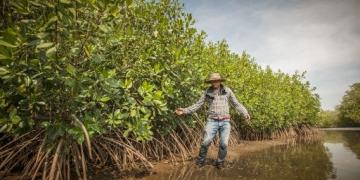Public-Private alliance for the effective management of the protected area
A co-management model for better financial sustainability of the protected area
Innovative tools for a participatory conservation management model
Community park rangers in participatory management
